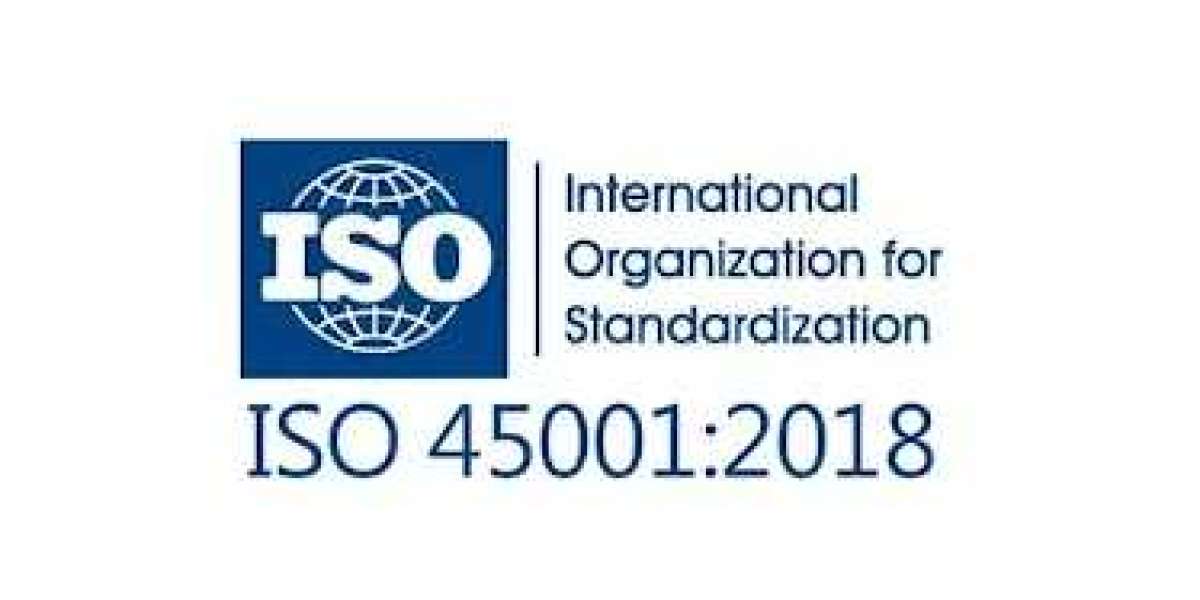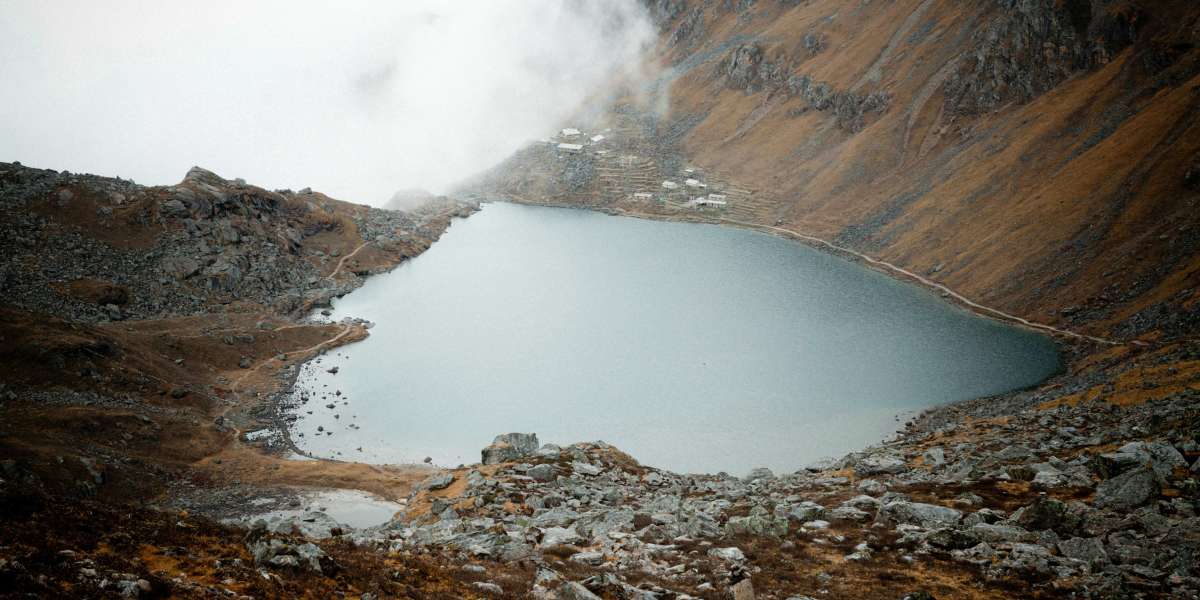Introduction
Fast industrial and economic changes have kept Nepal in a phase of rapid change, placing sectors such as hydropower, construction, manufacturing, and tourism in the line of fire. Such transformation does bring certain challenges with respect to occupational health and safety that need to be managed proactively. ISO 45001 addresses the exact same internationally adopted standard in order to provide the proper skeleton for making the workplace safe and minimizing risks.
The paper explains the role of ISO 45001 Certification in Nepalese industries, the process for its implementation, and benefits accruing to organizations and employees from it.
What is ISO 45001 Certification?
ISO 45001 is the International Standard for Occupational Health and Safety Management Systems (OHSMS). This standard, published by the International Organization for Standardization or ISO, enables organizations to sustain workplace safety by managing the risks at workplaces effectively.
The standard focuses on:
1. Leadership and Participation: The top management involvement and workers' participation in the safety process are necessary.
2. Risk-Based Approach: It finds the hazards and installs controls to avoid incidents and diseases.
3. Continuous Improvement: Assess regularly and update the safety measures so that it works effectively.
4. Integrating with Other Standards: It can also be integrated with ISO 9001 for Quality Management and ISO 14001 for Environmental Management.
Why ISO 45001 Certification Matters in Nepal
Some workspaces give some exclusive occupational safety issues, which need an ISO 45001 Certificate in making and using these in the particular area: Dangerous Work Environments
1. Construction: Most of these projects involve specific tasks, which are very dangerous to handle - altitude, heavyweight, and unsafe equipment designed.
2. Hydropower: falling of equipment and sliding, slipping of lands, and natural powers at distant areas
3. Legal and Compliances Issues
Labour legislation in Nepal basically focuses on worker safety. It can be achieved through compliance with the legal requirements imposed on countries law. ISO 45001 aids in complying with these requirements.
4. Tourism Safety
Adventure tourism adds a huge percentage to the Nepalese economy, and for this safety in the mountains should be guaranteed to the guides, porters and tourists.
5. Global Market Competitiveness
ISO 45001 Certification of the Nepalese organization brings it closer to its goal and introduces this concern in more confidence to the international market.
Key Benefits of ISO 45001 Certification in Nepal
1. Low Incidents in the Workplace
The implementation of the standard results in safer operations, fewer accidents, and less health-related absence at the workplace.
2. Improved Productivity
- A safe and healthy workforce works better, which again connects to efficiency and morale.
Cost Benefit
- Lower insurance premiums, fewer compensation claims, and less disruption in operations amount to huge cost benefits for any organization.
3. Better Human Resource Retention
- Employees will tend to stay longer with organizations that care about their health and safety.
- Positive Public Image ISO 45001 portrays an organization as socially responsible and Genuinely credible enough to reassure its customers and investors.
4. Protection from Litigation
ISO 45001 helps an organization to be compliant with relevant legislations and laws, thereby reducing the risk of fines and litigation.
Industries That Most Benefit from ISO 45001 Certification
1. Construction
- It reduces risks from falling, misusing equipment, and coming into contact with harmful materials.
Hydropower
- Provides safety in a high-risk environment dealing with tunneling, construction of dams, and heavy machinery.
2. Tourism and Hospitality
- Helps adventure operators and hoteliers ensure the safety of their staff and visitors.
Manufacturing
- Other work hazards include chemical exposure, accidents caused by machines, and other ergonomic issues.
3. Healthcare
It protects workers against infection risks, stress, and handling of biohazard materials.
How to Get ISO 45001 Certification
1. Know the Standard
Understand what ISO 45001 asks for, and how those asking relate to your business.
2. Gap Analysis
Establish existing practices against the requirements of the standard, and understand the gaps.
3. OHS Management System Development
Put in place policies and procedures around the identified risks and objectives of your organization
4. Staff Training
- Train your employees on what to do and what to expect from them to ensure workplace safety.
Implementation and Monitoring
- Implement the system and audit its implementation within the organization each time
5. Certification Audit
After that, seek hiring services from a certified certification body agency whose mandate is to offer the ISO 45001 certificate
Challenges that face the implementation of ISO 45001 in Nepal
1. Lack of Awareness
- Most of the organizations, SMEs are not conversant with the standard and the advantages
Financial Problem
- SMEs cannot afford to invest in certification.
2. Aversion to Change
The employees and management may be adverse to any change to their present ways of handling workplace safety.
3. Access to Competencies
Availability of qualified consultants and trainers can be difficult to access in remote areas
Solutions to Overcome Implementation Barriers.
4. Awareness Building
Government and industry bodies can advocate the need for ISO 45001 amongst the business organizations.
5. Incentives to SMEs
The financial benefits can be helpful to small business organizations adopt the certifications easily.
6. Consulting with Experts
The whole exercise becomes rather smooth when collaborating with consultants and certification bodies.
7. Step by Step Implementation
It allows the business organizations to implement it in steps hence manage the resources properly.
Benefit of ISO 45001 to Nepalese Economy
1. Fewer workplace accidents
Improved safety means fewer economic losses due to accidents and improved productivity of workers.
2. International Acceptance
- This will earn them recognition globally, hence better trade and investment. Sustainable Development
- ISO 45001 is also well aligned with the commitment of the Government of Nepal for inclusive and sustainable industrial development.
3. More Investor Confidence
Foreign investment is unavoidable for a safe business.
Conclusion
ISO 45001 can be one of the major change drivers about the safety at workplaces in Nepal. This protects employees and, further repeats much more efficient performances that ensure sustainability in a business in the long run.
ISO 45001 will not be mere compliance for Nepalese industries but act as an investment in a strategic move toward a safer and competitive future. At a time when the process of industrialization is gathering momentum with each passing day, ISO 45001 is definitely going to play a very important role in shaping a better and prosperous Nepal.














